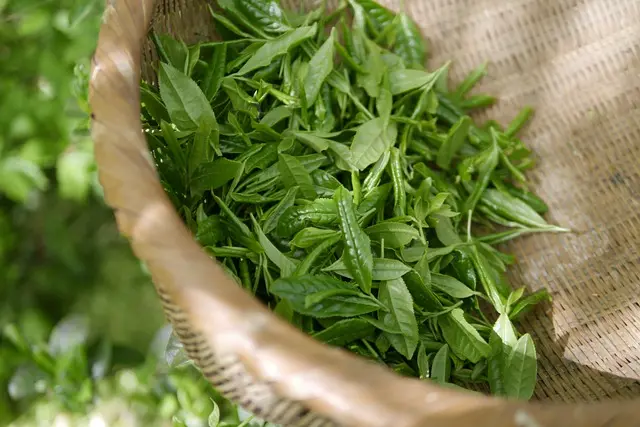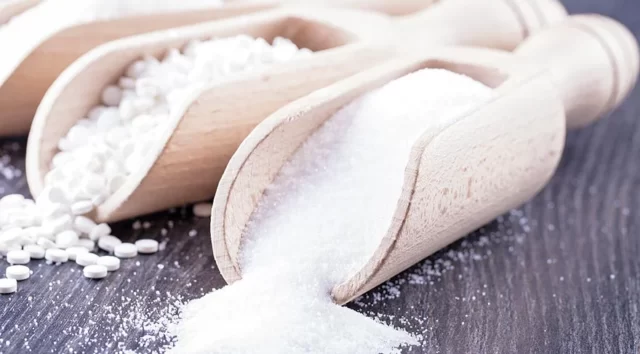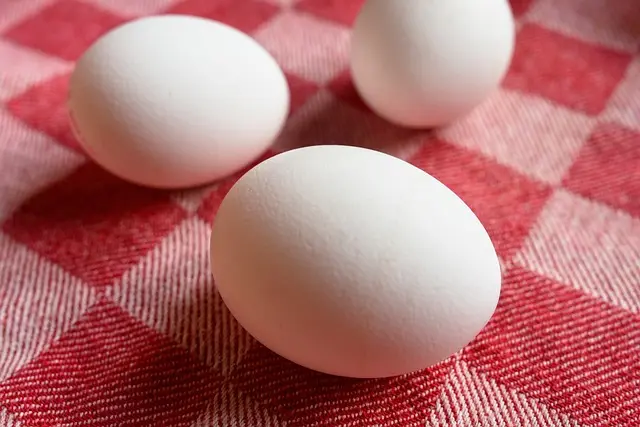
The milk used in yoghurt fermentation is usually raw milk. Well, have you ever tried making yoghurt with pasteurized milk (daily milk)? Unfortunately, not everyone can obtain safe raw milk. Moreover, sometimes we may encounter problems even in our safe chests. That’s why I suggest you try fermenting yoghurt with pasteurized milk.
First of all, let me briefly explain how to ferment yoghurt. I plan to write a long article about this later. Simply: we cook raw milk until it boils. Then we cool it to the fermentation temperature and add yoghurt yeast. And wait a while for it to ferment. After this time, we take the yogurt to cool. Of course, each step of these processes has a separate parameter (temperature, time).
Making Yoghurt from Pasteurized Milk
Technically, the process of fermenting pasteurized milk and yoghurt is the same. There is no need to boil the raw milk, which we only did at the beginning, in pasteurized milk. In pasteurized milk, pathogenic microorganisms have been destroyed by the pasteurization process. It is sufficient to heat the pasteurized milk used to the fermentation temperature. The fermentation temperature should be around 45°C. The amount of yeast to be used is 2 teaspoons of yeast for 1 liter of milk. Fermentation time is around 5-6 hours. If you want a sweeter yogurt, you can keep the fermentation time short. After the fermentation process is finished, you can put the yoghurt in the refrigerator to cool. Except for the boiling process, the other operations are the same.
When making yoghurt at home, you need a trial and error method to make a full-fledged yoghurt. Standardization is difficult. I would definitely recommend getting a thermometer for temperature measurement. Also try fermenting with pasteurized milk.






